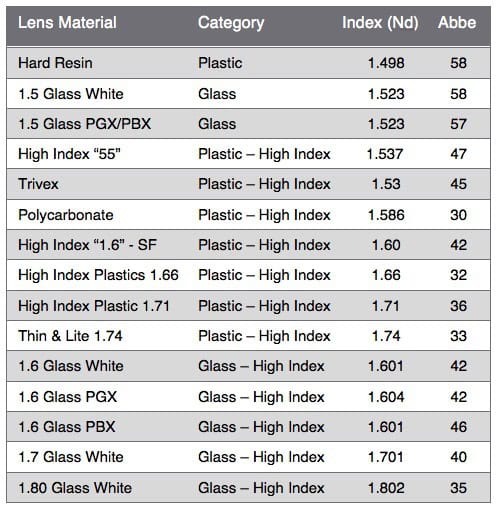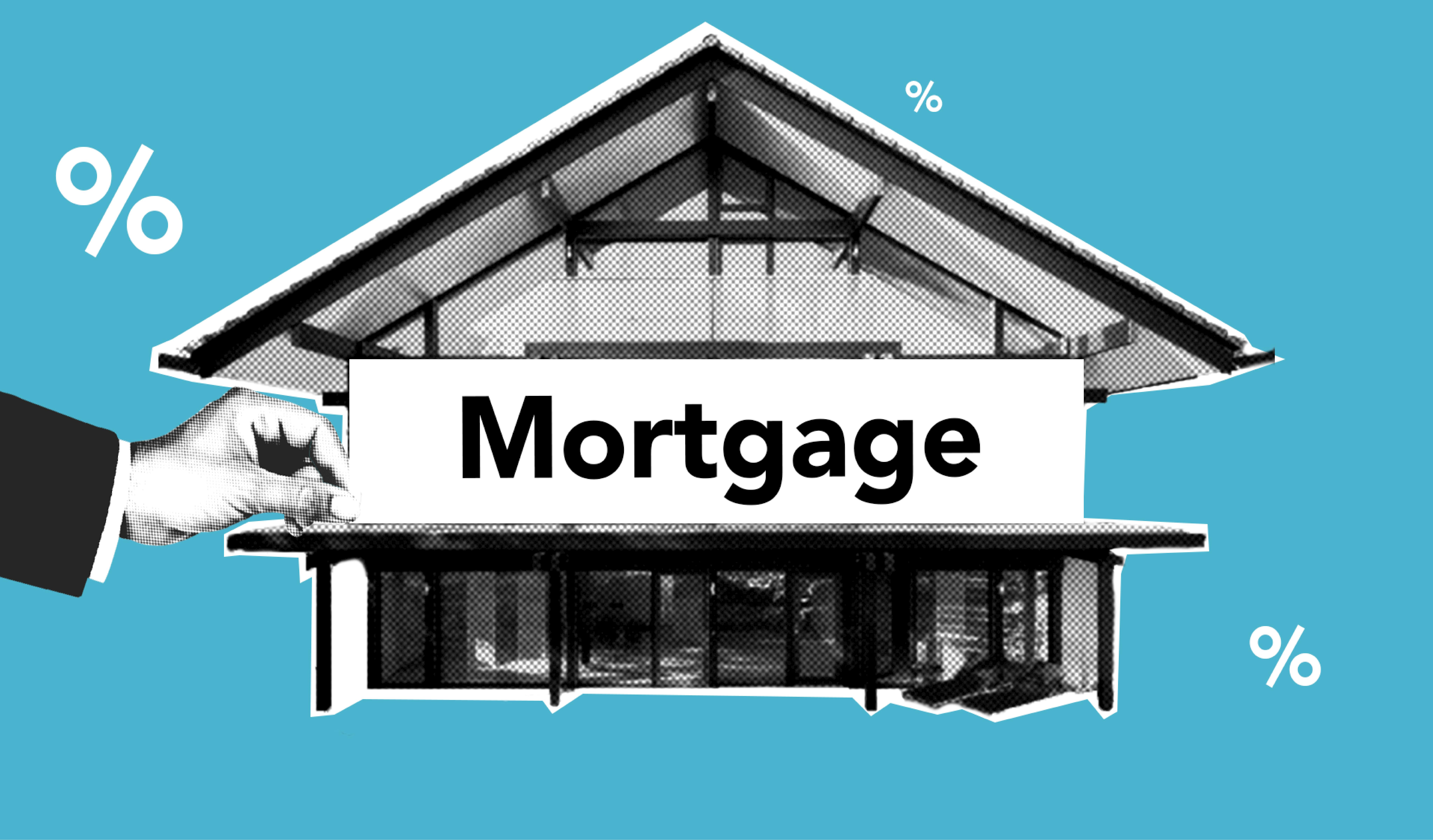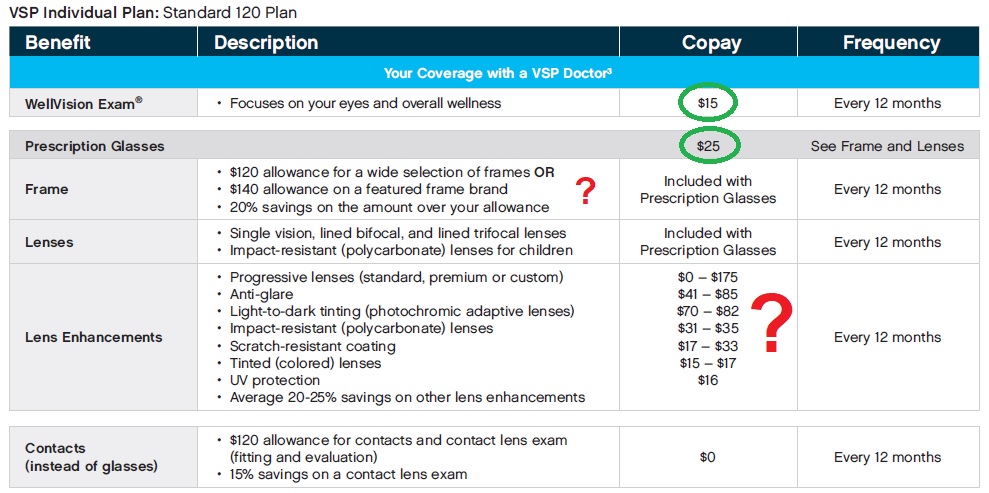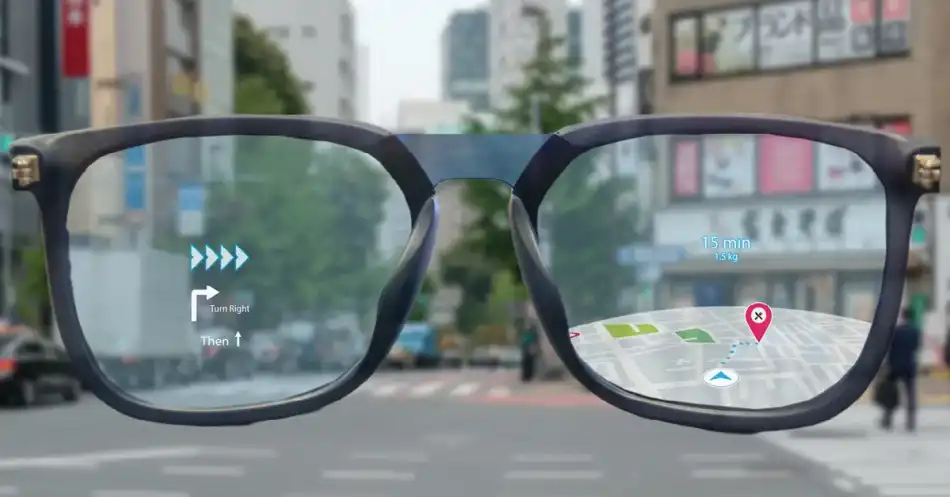Ever wondered why the cost of prescription lenses varies so widely? Understanding the true prescription lenses price in 2025 goes far beyond a single number; it’s a dynamic equation influenced by materials, coatings, and design. At Mozaer, we demystify these factors, helping you decipher the value behind every dollar spent on your spectacle lenses and empowering you to make informed decisions. Explore our comprehensive selection at https://www.mozaer.com/search?q=prescription%20lenses%20price today to unlock unparalleled clarity and savings.
【Deciphering the True Cost of Prescription Lenses】

Understanding the true prescription lenses price involves more than just a single number; it’s a complex equation influenced by a variety of factors. In 2025, consumers seeking new eyewear often find themselves navigating a spectrum of choices that directly impact the final cost of prescription lenses. From the fundamental materials used to advanced optical designs and specialized treatments, each component plays a significant role in determining how much you ultimately pay for your vision correction. This section breaks down these essential elements, helping you decipher the value behind every dollar spent on your spectacle lenses.
Essential Components Driving Prescription Lens Costs
The foundational elements of any pair of eyeglasses are the lenses themselves, and their inherent characteristics are primary determinants of their prescription lenses price. Different materials and the application of various coatings can significantly alter the overall expense.
Lens Material Variations and Their Impact on Prescription Lenses Price
When considering, “how much do prescription lenses cost?”, the base price undeniably starts with the choice of lens material. Each material offers a unique balance of durability, weight, and optical clarity, directly affecting the cost of prescription lenses.
- Standard Plastic (CR-39): This is typically the most economical option, offering good optical clarity for low-to-moderate prescriptions. However, for higher prescriptions, CR-39 lenses can become noticeably thick and heavy. They are a cost-effective choice for basic vision correction.
- Polycarbonate Lenses: Known for their exceptional impact resistance, polycarbonate is a safer and lighter alternative to standard plastic. This makes them ideal for children’s eyewear, safety glasses, and sports enthusiasts. They also inherently block 100% of UV rays. While more durable, their prescription lenses price is moderately higher than CR-39.
- Trivex Lenses: Often considered a premium alternative to polycarbonate, Trivex boasts superior optical clarity with excellent impact resistance and light weight. These optical lenses provide sharper vision with less distortion, especially at the edges. Trivex typically comes with a higher cost of prescription lenses than polycarbonate due to its enhanced optical performance.
- High-Index Lenses (1.67, 1.74 and beyond): For individuals with strong prescriptions, high-index materials are invaluable. These thin lenses significantly reduce the thickness and weight often associated with powerful vision correction, leading to a more aesthetically pleasing and comfortable pair of glasses. The higher the index number (e.g., 1.74 being thinner than 1.67), the greater the thinning capability, and consequently, the higher the prescription lenses price. This premium often reflects the advanced manufacturing required for such precise spectacle lenses.
To explore lens material options and understand how different compositions affect both performance and prescription lenses price, visit a reputable optical provider’s online catalog. For a comprehensive overview of available materials and their specific properties, you might find detailed comparisons and pricing guides at explore lens material options. This can help you directly compare the properties and potential costs of various optical lens materials.
Specialized Coatings and Add-Ons Pricing for Prescription Lenses
Beyond the base material, various lens coatings for glasses can substantially increase the overall prescription lenses price. These optional, yet highly beneficial, treatments enhance the functionality, durability, and aesthetics of your eyeglass lenses.
- Anti-Reflective (AR) Coating: This highly popular add-on minimizes glare from lights, computer screens, and oncoming headlights, significantly improving visual comfort and clarity. An AR coating also makes your eyes more visible through the eyeglass lenses, enhancing cosmetic appeal. Premium AR treatments, such as those that repel water and smudges, will naturally incur a higher cost of lens treatments.
- Scratch-Resistant Coating: While no lens is completely scratch-proof, a scratch-resistant coating provides a hardened layer that significantly prolongs the life of your vision correction lenses. This protection is vital for maintaining clear vision and is often a standard inclusion, though advanced versions may add to the cost of prescription lenses.
- UV Protection: Crucial for eye health, UV protection shields your eyes from harmful ultraviolet rays. While some materials like polycarbonate inherently offer UV protection, for others, it’s an essential add-on that contributes to the final prescription lenses price.
- Blue Light Filtering Coating: With increasing digital screen time in 2025, blue light filtering coatings have become exceptionally popular. These coatings are designed to reduce exposure to potentially harmful blue light emitted from digital devices, aiming to alleviate digital eye strain and improve sleep patterns. This specialized lens treatment adds to the overall lens cost.
- Hydrophobic and Oleophobic Coatings: These treatments repel water and oil, making eyeglass lenses easier to clean and resist smudges. While often part of premium AR packages, they are distinct optical enhancements that factor into the cost of prescription lenses.
These add-ons are investments in the longevity and performance of your eyewear, and their cumulative cost can significantly elevate the final prescription lenses price. To discover lens coating benefits and understand how these specialized treatments can enhance your vision experience, a visit to an optical retailer’s detailed product pages can be insightful. For specific details on various coating options and their impact on the cost of prescription lenses, consider exploring dedicated sections on lens treatments at discover lens coating benefits, which can clarify their value proposition.
Understanding Different Lens Designs for Your Prescription Lenses Price
The design of your eyeglass lenses is another critical factor that dictates the prescription lenses price. Different visual needs require different lens structures, each with varying levels of manufacturing complexity and technological sophistication.
Single Vision vs. Progressive Lens Pricing Considerations
The fundamental choice between providing correction for one focal distance or multiple significantly impacts the cost of prescription lenses.
- Single Vision Lens Cost: These are the most straightforward and generally the least expensive vision correction lenses. Single vision lenses are designed to correct vision for a single focal distance—either near (for reading) or far (for distance viewing). Their simpler design and manufacturing process make them an accessible option for basic spectacle needs.
- Progressive Lens Pricing: In stark contrast, progressive lenses are significantly more complex and, consequently, carry a much higher price point. These multifocal lenses offer a seamless transition between distance, intermediate, and near vision without any visible lines (unlike traditional bifocals). The intricate lens technology involved in creating a clear, distortion-free viewing experience across multiple focal zones requires advanced computational design and precise manufacturing. This complexity, coupled with the need for accurate measurements and fitting, directly contributes to the elevated cost of progressive lenses. Many individuals opt for these “no-line bifocals” for convenience, but they represent a substantial investment in advanced eyewear technology.
To compare single vision and progressive lenses in detail and understand which design best suits your lifestyle and budget, consulting an optician or exploring resources that delineate the nuances of each lens type is beneficial. For a side-by-side comparison of single vision lens cost versus progressive lens pricing and their functional benefits, you might find an informative guide at compare single vision and progressive lenses, helping you make an informed decision based on your unique vision requirements.
Specialty Lenses: Transition and Safety Options and Their Impact on Cost
Beyond basic designs, several specialty lenses offer unique functionalities, each contributing differently to the overall prescription lenses price.
- Transition Lenses Price (Photochromic Lenses): These light-adaptive eyewear lenses automatically darken when exposed to UV light outdoors and return to clear indoors. The Transitions lenses price varies based on the specific generation of photochromic technology (e.g., speed of darkening/clearing, color options, indoor clarity). While offering immense convenience by eliminating the need for separate sunglasses, this advanced lens technology adds a premium to the cost of prescription lenses.
- Prescription Safety Glasses Cost: Designed for environments where eye protection is paramount, prescription safety glasses are built to withstand significant impact. Their cost is primarily influenced by stringent safety standards (like ANSI Z87.1 in the US) that dictate the required impact resistance of both the lenses and the frame. These industrial safety glasses typically feature robust frames and lenses made from highly durable materials such as polycarbonate or Trivex. The specialized manufacturing processes and certification requirements for protective eyewear elevate their prescription lenses price compared to standard eyeglasses.
To explore specialized lens options and understand how unique features like light adaptation or enhanced protection affect the overall cost of prescription lenses, a thorough review of available product lines from optical providers can be highly informative. For a detailed breakdown of the various specialty lens types and their applications, you can find valuable information and comparisons at explore specialized lens options, guiding your choice toward lenses that meet specific functional demands.
For a comprehensive range of options and competitive pricing on prescription lenses price, explore our curated selection designed to meet diverse visual needs and budgets: https://www.mozaer.com/search?q=prescription lenses price”>prescription lenses price.
【Unmasking Deceptive Eyewear Pricing Practices】

Navigating the market for new eyewear in 2025 can be fraught with challenges, particularly when it comes to understanding the true prescription lenses price. Consumers often encounter marketing strategies that can obscure the actual cost of prescription lenses, leading to confusion and, at times, inflated expenses. This section dives into common deceptive pricing practices and hidden fees, empowering you to make more informed purchasing decisions and avoid overpaying for your optical lenses.
The Controversy of “Fake Discounts” and “False Reference Pricing”
One significant concern for consumers is the prevalence of advertising that appears to offer substantial savings but may not represent genuine value. Understanding these tactics is key to deciphering the real prescription lenses price.
The LensCrafters Class Action Lawsuit Overview
A prominent example of this issue is the class action lawsuit filed by Melissa Velasquez against Luxottica of America Inc., the parent company of LensCrafters. This consumer protection issue highlighted allegations that LensCrafters repeatedly advertised “40% off” or “50% off” sales on prescription lenses. The core of the complaint centered on the claim that these were not genuine, time-limited discounts but rather continuous, everyday pricing. This practice, known as false reference pricing, involves inflating the original “retail” prices to make the advertised discounts appear much larger than the actual savings offered to the customer. Such tactics can mislead consumers about the true value and cost of prescription lenses.
For insights into how legal precedents can shape consumer rights in eyewear purchases, you might find valuable information on consumer protection laws at consumer rights protection. Understanding these rights can help you identify potentially misleading eyewear pricing.
Precedent: Past Legal Challenges and Settlements
The class action lawsuit against LensCrafters wasn’t an isolated incident. The company has a history of facing legal challenges concerning its deceptive advertising claims. Notably, in 2023, LensCrafters paid a significant $39 million settlement regarding misleading statements about its AccuFit Digital System, which claimed to provide ultra-precise measurements for spectacle lenses. These past instances underscore the importance of scrutinizing advertised discounts and understanding the actual prescription lenses price before making a purchase. Consumers should be vigilant about marketing that may inflate the perceived value of eyeglass lenses.
Recognizing Hidden Costs and Upselling Tactics
Beyond deceptive discounts, consumers frequently encounter various hidden costs and upselling strategies that can quietly inflate the final prescription lenses price. Being aware of these can save you a considerable amount.
Unadvertised Fees and Mandatory Upgrades
Often, the final cost of prescription lenses is higher than initially anticipated due to unadvertised fees or the insistence on “mandatory” upgrades. These hidden costs in eyeglasses can stem from non-transparent pricing structures where certain features, like advanced anti-reflective coatings or scratch-resistant treatments, are not clearly priced individually. Some retailers might bundle these prescription lens add-ons pricing into packages or make them seem like non-negotiable components, even if they aren’t essential for your specific needs. It’s crucial for consumers to ask for a detailed breakdown of all charges.
To ensure you’re not paying for unnecessary optical enhancements, understanding common lens add-ons and their true value is crucial. For a clear breakdown of potential additional charges and what they entail for your eyeglass lenses, exploring a comprehensive guide on lens add-ons could be beneficial at understanding lens add-ons. This helps clarify if an add-on is truly necessary for your vision correction lenses.
“Package Deals” vs. Itemized Costs
Many optical retailers offer eyeglass frame and lens package cost deals, which can seem attractive at first glance. However, these packages often lack the transparency needed to understand the true value of the lens discounts being offered. Consumers should always request itemized breakdowns of the frame, the prescription lenses price, and all additional coatings or features. This allows for a clear comparison of individual components and helps verify if the “deal” genuinely reduces the overall lens cost or if savings are exaggerated. Understanding eyewear pricing transparency is absolutely crucial to avoid overpaying for your new pair of spectacle lenses.
For a detailed comparison of “package deals” versus itemized pricing and tips on how to ask for transparent quotes, a guide on eyewear pricing strategies can be invaluable for making informed decisions about your prescription lenses price at transparent eyewear pricing. This resource can help ensure you get the best value for your cost of new glasses.
For a comprehensive range of options and competitive pricing on prescription lenses price, explore our curated selection designed to meet diverse visual needs and budgets: https://www.mozaer.com/search?q=prescription lenses price”>prescription lenses price.
【Strategic Ways to Secure the Best Value on Prescription Lenses】

Navigating the landscape of eyewear purchases in 2025 requires a strategic approach to ensure you get the best value for your prescription lenses price. With options ranging from traditional brick-and-mortar stores to a burgeoning online market, understanding where and how to buy can significantly impact your final eyewear cost. This section delves into practical strategies, from comparing retailers to leveraging insurance, all aimed at helping you secure quality vision correction lenses without overpaying.
Online vs. Brick-and-Mortar Retailers
Deciding where to purchase your optical lenses is often the first step in managing the cost of prescription lenses. Both online platforms and physical stores offer distinct advantages and disadvantages when it comes to the prescription lenses price.
Price Comparisons and Convenience of Online Options
In 2025, online retailers continue to be a dominant force, often providing a lower average cost of eyeglasses with prescription compared to their physical counterparts. This cost advantage largely stems from reduced overheads—no expensive storefronts or large sales teams. By eliminating these operational expenses, online prescription lens providers online can pass on significant savings to consumers, making the eyeglass lens price more appealing.
For example, a standard pair of single-vision spectacle lenses with anti-reflective coating might be 30-50% cheaper online than in a traditional optical shop. The convenience factor is also a major draw; you can compare prescription lens prices from numerous vendors, upload your prescription, and customize your frames from the comfort of your home at any time. This ease of comparison and access to a wider selection of affordable prescription eyewear can lead to substantial savings.
To directly compare prices and explore a vast selection of prescription lens providers online that often present lower average costs due to reduced overhead, you can visit leading online eyewear retailers. This resource helps you quickly assess if an online purchase aligns with your budget for new vision correction.
Benefits and Drawbacks of In-Store Purchases
While online options offer competitive prescription lenses price, brick-and-mortar stores provide unique benefits that some consumers find invaluable. A key advantage is the personalized fitting and adjustments. An experienced optician can ensure your frames sit perfectly, provide precise measurements for complex prescriptions like progressive lenses, and offer immediate fine-tuning. This hands-on service is crucial for ensuring optimal comfort and visual clarity.
Furthermore, brick-and-mortar stores offer immediate assistance for any issues that may arise, such as minor repairs or warranty claims. This direct, face-to-face interaction can build trust and provide peace of mind. However, these personalized services and immediate support often come with a potentially higher prescription lenses price or optical lenses cost, reflecting the greater operational expenses of maintaining a physical store and expert staff. The value here lies in the service, not necessarily the lowest spectacle lens pricing.
Leveraging Insurance and Seeking Transparent Deals
Even with careful selection of retailers, understanding how to maximize financial tools and identify genuine savings opportunities is crucial for optimizing your prescription lenses price.
Maximizing Vision Insurance Benefits
One of the most effective ways to reduce your out-of-pocket expenses for vision correction lenses is by thoroughly understanding your vision insurance coverage for lenses. In 2025, many insurance plans offer allowances, co-pays, and deductibles specifically for eyewear. It’s essential to review your policy details carefully to know exactly what is covered, how much you’ll be reimbursed, and if there are any limitations on where you can purchase your discounted lenses.
Some vision insurance plans have preferred providers or networks, meaning you might get a better lens discount if you choose an in-network optician or chain. Always verify if the discounted lenses offered by a particular retailer are reliable and compatible with your insurance plan. Call your insurance provider before your purchase to clarify benefits and potential exclusions, ensuring you truly reduce your overall lens cost.
To fully leverage your vision insurance coverage for lenses and understand all the nuances of your policy, including allowances and preferred providers, exploring a detailed guide on maximizing vision benefits can be highly advantageous at maximizing vision insurance benefits. This ensures you reduce your eyewear cost effectively.
Identifying Genuine Lens Discounts and Promotions
In a market saturated with promotions, knowing how to save on prescription lenses means discerning between genuine sales and misleading marketing tactics. As highlighted previously, be wary of offers that seem too good to be true, especially those mimicking “false reference pricing,” where original prices are inflated to make discounts appear larger. A legitimate sale will typically have a clear start and end date and the discounted price should align reasonably with the actual market value of the prescription lenses.
Look for verifiable sales events, seasonal promotions, or bundle deals that clearly itemize the prescription lenses price and frame cost separately. Seek out retailers committed to eyewear pricing transparency, providing a detailed breakdown of all charges, including any lens add-ons like anti-reflective or scratch-resistant coatings. A transparent breakdown empowers you to compare apples to apples and ensures you’re not falling victim to hidden fees or continuous “discounts” that are actually everyday prices.
For a comprehensive range of options and competitive pricing on prescription lenses price, explore our curated selection designed to meet diverse visual needs and budgets: https://www.mozaer.com/search?q=prescription lenses price”>prescription lenses price.
【The Evolving Landscape of Prescription Eyewear】

The world of eyewear is constantly evolving, and 2025 is no exception. Beyond traditional optical solutions, advanced technology is increasingly integrating into vision correction, promising both enhanced functionality and new considerations for the prescription lenses price. This section explores how innovative vision aids are shaping the future of eyewear cost and what consumers can expect from upcoming developments.
Integration of Advanced Technology in Lenses
As technology advances, the line between conventional eyewear and smart devices blurs. This convergence introduces exciting possibilities for digital vision solutions, but also new factors influencing the overall eyeglass lens price. Understanding these integrations is key to navigating the future of optical correction costs.
Smart Glasses and Their Prescription Lenses Compatibility
One of the most exciting frontiers in modern eyewear is the emergence of smart glasses, and critically, their ability to integrate with conventional prescription lenses. For consumers, the question isn’t just about the gadget’s cost, but how it impacts their overall prescription lenses price when vision correction is factored in. In 2025, we’re seeing examples that directly address this.
Take, for instance, Gemini-powered smart glasses. These innovative devices, available on Kickstarter for an impressive $209, specifically highlight their seamless integration with both user-specific prescription lenses and dynamic transition lenses. This means you can get your customized vision correction lenses built directly into the smart functionality, offering an all-in-one eyewear solution at a surprisingly accessible price point for smart eyewear.
In stark contrast, other market players like Ray-Ban Meta smart glasses typically hover around $299. While technologically advanced in their own right, these options usually come without the inclusion of fancy transition lenses or a direct integration of your personal prescription lenses. This creates a significant hidden cost. If you need vision correction, you’d have to purchase separate spectacle lenses and frames, then potentially wear the smart glasses over them, or have a lab customize the smart glasses, adding substantially to the overall cost of prescription eyewear. The Gemini example shows how integrated solutions can offer a more value-packed prescription lens price for the discerning consumer.
Future Innovations and Their Potential Eyewear Pricing Impact
The rapid pace of technological advancements suggests that future innovations will continue to introduce new variables influencing the prescription lenses price. As we look beyond 2025, emerging technologies in smart eyewear and advanced optical solutions are poised to reshape the market landscape significantly. We might see breakthroughs in materials science, adaptive lens technologies, or even augmented reality integrations that could dramatically alter the functionality and, by extension, the cost of prescription lenses.
This ongoing innovation could lead to a dual market dynamic. On one hand, premium high-tech options incorporating cutting-edge features might command a higher eyeglass lens cost, appealing to early adopters or those seeking the ultimate in vision technology. These could include dynamic focusing lenses or health-monitoring eyewear. On the other hand, as these technological advancements become more mainstream and manufacturing processes mature, we could also witness the development of more affordable basic smart eyewear or cost-effective ways to integrate prescription lenses into wearable tech. This would ultimately drive down the average prescription lenses price for integrated solutions, making advanced vision correction more accessible to a wider audience. The key will be transparency in eyewear pricing and the clear articulation of value for these sophisticated new optical products.
For a comprehensive range of options and competitive pricing on prescription lenses price, explore our curated selection designed to meet diverse visual needs and budgets: https://www.mozaer.com/search?q=prescription lenses price”>prescription lenses price.
Empowering Your Eyewear Choices: Navigating Value
In conclusion, deciphering the true prescription lenses price requires a comprehensive understanding of various interconnected factors. From the foundational lens materials like durable polycarbonate and ultra-thin high-index options, to essential lens coatings for glasses such as glare-reducing anti-reflective and protective scratch-resistant layers, each choice significantly impacts your overall lens cost. Furthermore, the complexity of optical lens designs, whether basic single vision or advanced progressive lenses offering seamless multi-focal correction, directly influences the investment required for your vision correction lenses.
Beyond understanding these components, informed consumers must remain vigilant against deceptive advertising claims and hidden costs in eyeglasses. Practices like false reference pricing and unadvertised mandatory upgrades can inflate the cost of prescription lenses. Always demand itemized breakdowns to ensure eyewear pricing transparency and identify genuine lens discounts.
Strategically, leveraging online eyewear retailers often provides a more competitive eyeglass lens price due to lower overheads, while brick-and-mortar stores offer invaluable personalized fitting services. Maximizing vision insurance coverage for lenses and carefully identifying legitimate eyewear promotions are also crucial for securing the best value.
Looking ahead to 2025 and beyond, advanced optical solutions and the integration of smart eyewear technology will continue to reshape the market. While smart glasses with prescription compatibility may introduce new variables to the eyeglass lens cost, ongoing lens innovations promise more affordable basic smart eyewear and enhanced vision aids.
Ultimately, empowering yourself with knowledge about lens materials, add-ons, design choices, market dynamics, and effective saving strategies will enable you to make confident, cost-effective decisions for your new spectacle lenses. Remember, an informed purchase not only ensures optical clarity but also optimal value for your investment. For a comprehensive selection designed to meet diverse visual needs and budgets, explore Mozaer’s prescription lenses price options today.

Leave a Reply